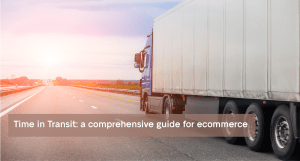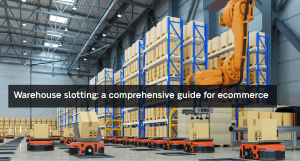New customers aren’t always automatically equal to more revenue. In fact, they tend to have a high acquisition cost and their lifetime value is not the same, meaning they might just make a single purchase and never come back again. What does this imply? Put simple, this means that focusing on existing customers to increase their value can be more profitable. As a business, making as much value as you can out of present customers allows you to increase your profits at a minimal cost. In this article, we will discover a few successful strategies to increase Average Order Value and improve the profitability of your business.
Why you should aim for a higher Average Order Value
It doesn’t impact marketing and sales costs
Average order value is important because it increases revenue without impacting marketing and sales costs by focusing on the value of existing customers.
It increases sales and turnover rate
Raising your average order value means you are selling more inventory. Your customers are buying more products, generating a higher revenue. However, remember to set an adequate pricing strategy: a higher revenue doesn’t always equal higher profits!
What is Average Order Value (AOV)?
Average Order Value (AOV) is the average amount of money spent by each customer during a transaction. The formula to calculate AOV is the following:
Total Revenue/Number of Orders
Strategies to increase Average Order Value
1.Implement a minimum threshold for free shipping or incentives
The concept of free shipping is always a great catalyst for sales, influencing customer purchasing behaviour. The prospect of saving on shipping costs boosts sales and customer engagement across various platforms.
A very useful tactic can be displaying a progress bar at checkout to show how much more customers need to spend to qualify for free shipping. It is an effective psychological and marketing tool to encourage customers to increase their cart value to meet the free shipping threshold. For example, if most of your orders are in the range of €35, consider setting a free shipping threshold at €50. Remember, the strategy is to make free shipping seem achievable for most people; setting it too high may have the opposite effect, unless you want to automatically try and exclude lower-value purchases. Therefore, consider a 30% above your average order value.
- Offer discounts based on order volume and bundle products
Bundling is combining multiple products that are usually bought together at a discounted price. It simplifies buying decisions by offering customers an all-in-one solution and moves inventory efficiently with a single transaction.
- Upsell and Cross-Sell products
Upselling and cross-selling strategies effectively encourage customers to add more or higher-value products related to their initial choice.
Aim to make recommendations as a friend would. Don’t overdo it. Rather than suggesting popular items randomly, curate your suggestions so that they add value to customer’s current selections, like offering a compatible case when buying a laptop and so on.
Upselling after a purchase or in order confirmation emails is also a good way to boost sales.
4.Be flexible with your returns
Offering a flexible return policy alleviates customers’ stress about returning items when placing an order. This is fundamental to encourage purchases and keep clients loyal over time.
Suggested articles:
Order confirmation emails: how to maximise their potential
Tips to improve your ecommerce conversion rate
Customer centric logistics: the importance of flexible and personalised deliveries






